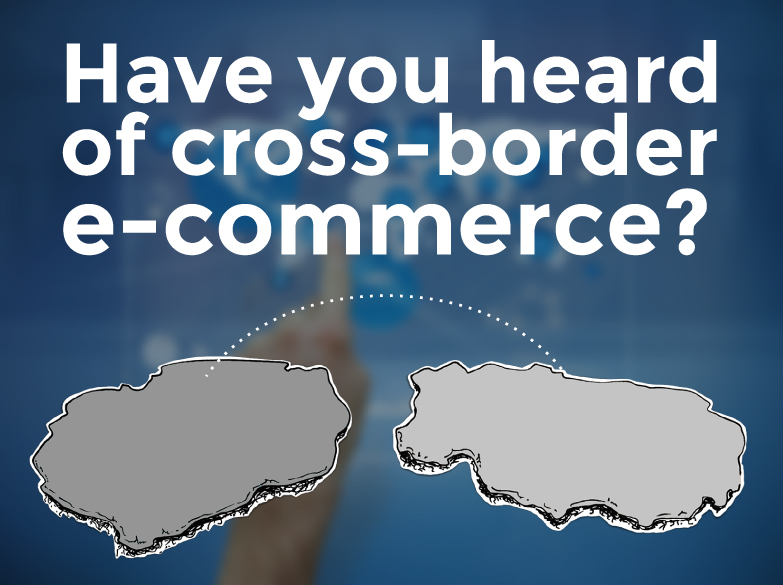Cross-border e-commerce is a growing trend, with great potential for strengthening SME (small and medium-sized enterprises) business activities in the Americas. Thanks to electronic payment platforms, SMEs in Latin America and the Caribbean have unprecedented access to international markets.
Currently there are numerous and trustworthy e-payment providers that enable small businesses to easily develop online stores and hence to market their products or services in the global market.
Upon choosing an online payment provider, businesses must pay special attention to the safety of the prospective customers’ personal data. Cybercrime and internet thieves stealing credit card information are real threats in today’s world.
To offer assurance, providers rely upon powerful data encryption systems, safe servers, identity controls and transaction verifications to ensure customer data safety.
One of the advantages of using online payment methods is that the majority of providers facilitate the processes of setting up an online store. For example, Paypal, Mercado Pago, and Google Wallet offer purchase buttons with direct links to the store’s online shop or website. There are also many tools that enable, among other options, including a shopping cart on the website for a friendlier customer experience.



Follow Us